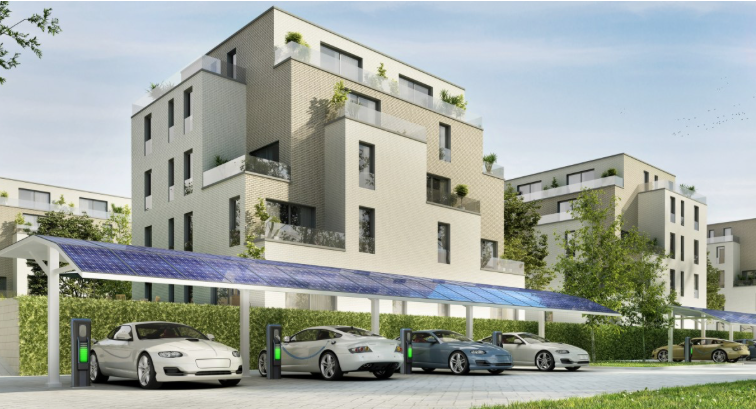CommentsCOMMENTARY - With this month’s U.N. climate conference failing to achieve key agreements that will limit global heating to the crucial 1.5° C goal, it’s vital that California step up our climate leadership.
Recognizing that gas-burning vehicles are the largest source of statewide greenhouse gas emissions – and that the electric vehicle revolution is well underway – Gov. Gavin Newsom set a powerful vision last fall, declaring that all new cars sold in California after 2035will be zero-emission.
But we won’t achieve this laudable target unless all residents have an affordable, reliable and convenient place to charge EVs: at home. Public charging costs are unregulated and usually much more expensive.
Why then is a key state agency failing to ensure the necessary infrastructure for an equitable transition to EVs?
Since 2015, the California Green Building Standards Code, CALGreen, has required 100% of new single-family homes to be EV capable. But the currently-proposed code update requires only 40% of parking in new multi-family housing to be wired for charging.
This excludes a significant portion of California’s apartment and condo residents – who are more likely to be people of color or low-income – from convenient and inexpensive charging access, perpetuating systemic race and class inequities and disproportionate air pollution burdens.
To address this double standard, we are among a dozen state legislators who echo the demand of the EV Charging Access for All Coalition to the California Building Standards Commission to ensure that every new multi-family housing unit with parking has access to EV-ready charging.
We call on Newsom to instruct the Building Standards Commission to require that all new multi-family housing units with parking must include EV ready charging access, via a receptacle or EV charging cordset, with prominent signage indicating it is EV Ready. Whenever possible, the EV wiring should be run via the unit’s electricity meter. Hundreds of Californians asked for this during the public comment periods; it appears thousands more similar comments were not documented.
Cities throughout the state have passed similar policies and the Building Standards Commission’s own code advisory committee recommended a proposal for equitable access – but the commission declined to study it. Instead, the commission appears to be listening to the California Building Industry Association whose members, despite earning billions in revenue, don’t want to pay the additional 0.03% to ensure that every new apartment and condo with parking has access to charging.
This is penny wise, pound foolish. Installing EV infrastructure at the time of new construction is by far the least expensive way to build EV charging access: retrofitting can be four to 10 times more expensive. California will save up to $1.4 billion by installing charging up front, rather than retrofitting later, and installing at the time of new construction will create many jobs.
So who will the Building Standards Commission listen to: building lobbyists or advocates for climate, equity and labor? If the code isn’t strengthened, the majority of new multi-family residents will continue to lack access to the financial and health benefits of driving electric vehicles, and California will fall short of its climate goals.
By exerting his influence at this critical moment, Newsom can seize an opportunity to demonstrate California’s commitment to equitable climate action. Californians can ask the governor to guarantee access to charging for every new multi-family unit in the Golden State. Otherwise, brand-new buildings will continue to lack the necessary infrastructure to meet the governor’s own EV targets, leaving taxpayers to shoulder unnecessary costs down the line and delaying the urgently needed transition to electrified transportation.
California has shown the world that we can cut our carbon emissions and grow our economy. Now we need to electrify our transportation system and make it accessible to all. Can the Golden State continue to demonstrate its climate leadership with equity at the forefront, in order to boldly and effectively meet the challenge of the climate crisis?
(Guest Commentary from CalMatters.org where this story was first published.)






